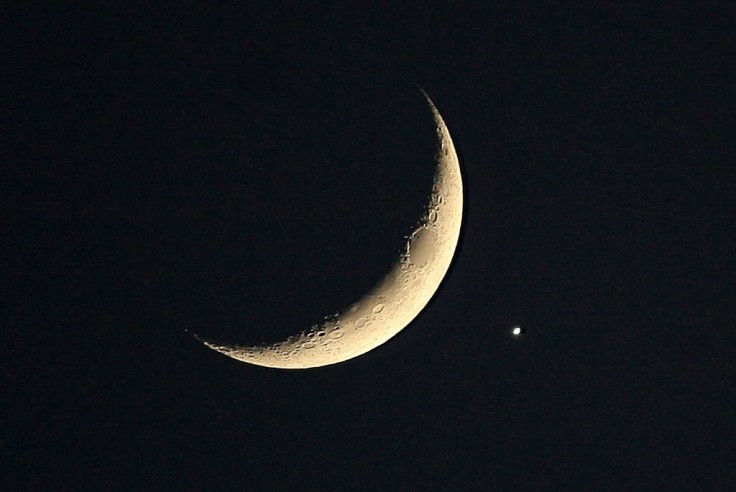
Another amazing celestial event is happening in these next few days. The planets Venus and Mars will "kiss" beside our natural satellite, Moon. The full schedule of this encounter and how to capture the moment on your smartphone are available below.
A conjunction between Mars and Venus (popularly known as the "kiss") is set to start on July 11. Even before the date, you can see both planets getting closer with each passing night.
Inforum reported that its specific distance at the following dates:
- July 7 - 3.2 degrees apart
- July 8 - 2.6 degrees apart
- July 11 - 1 degree apart
The closest both planets could get would be on July 12, at only 0.5 degrees. Unfortunately, the scene might be too faint for the naked eye, so you'll have to watch it through binoculars.
Depending on your location, these planets might appear faint or non-existent. Here are a few tips you can follow to see them clearly:
Mars, Venus Conjunction 2021
Picking the perfect spot to watch this celestial event is very important. Bright locations can easily overpower stars, making them "invisible." CBC reported the ideal place for events like this:
- Open spaces like parks or parking lots. Avoid trees or buildings that can block your horizon line for photos.
- Find an elevated view, either on your rooftop or balcony. The closer you are to the sky, the better the view gets.
- Shorelines are also good options. When using these spaces, aim your view on the moon's path so you can get an unobstructed view.
- Try to avoid any form of light. Street lights, house lights, or even your phone lights (but be careful not to trip by accident). The darker your location gets, the brighter the stars get.
How to Take a Photo of Mars Kissing Venus With Your iPhone, Samsung
EyeEm gives five simple tips on how to take beautiful photos of celestial events using any smartphone.
- Get out of the city. As previously mentioned, the location directly affects the view of the stars.
- Use a tripod. Even the smallest movement can destabilize the camera focus, so a tripod should help prevent blurry photos.
- Get some Camera Apps. These apps not only improve the photo's quality but it can also take multiple shots in a short time.
- iOS users can try Slow Shutter Cam or Average Camera Pro.
- Android users can try Camera FV-5 Lite or Night Camera
- Do not use Flash or HDR. Flash could disturb your camera's capture of the star's glow, and HDR slows down overall camera performance
- Do not use Zoom. Although the feature is handy, you should focus on the phone's ability to focus on the image instead of relying on its zoom. Pro Tip: you can use an external lens or binoculars over your phone to "zoom" the photo instead.
Ring of Fire 2021
An earlier event featured a rare scene where the solar eclipse produced its own "ring of fire." Several stargazers have tried and succeeded in capturing the event by applying the aforementioned tips on their smartphones! More details and suggestions for the event can be found in this article.
Related Article:
NASA Hubble Telescope Malfunction Continues, But Discovers New Type of Supernova









